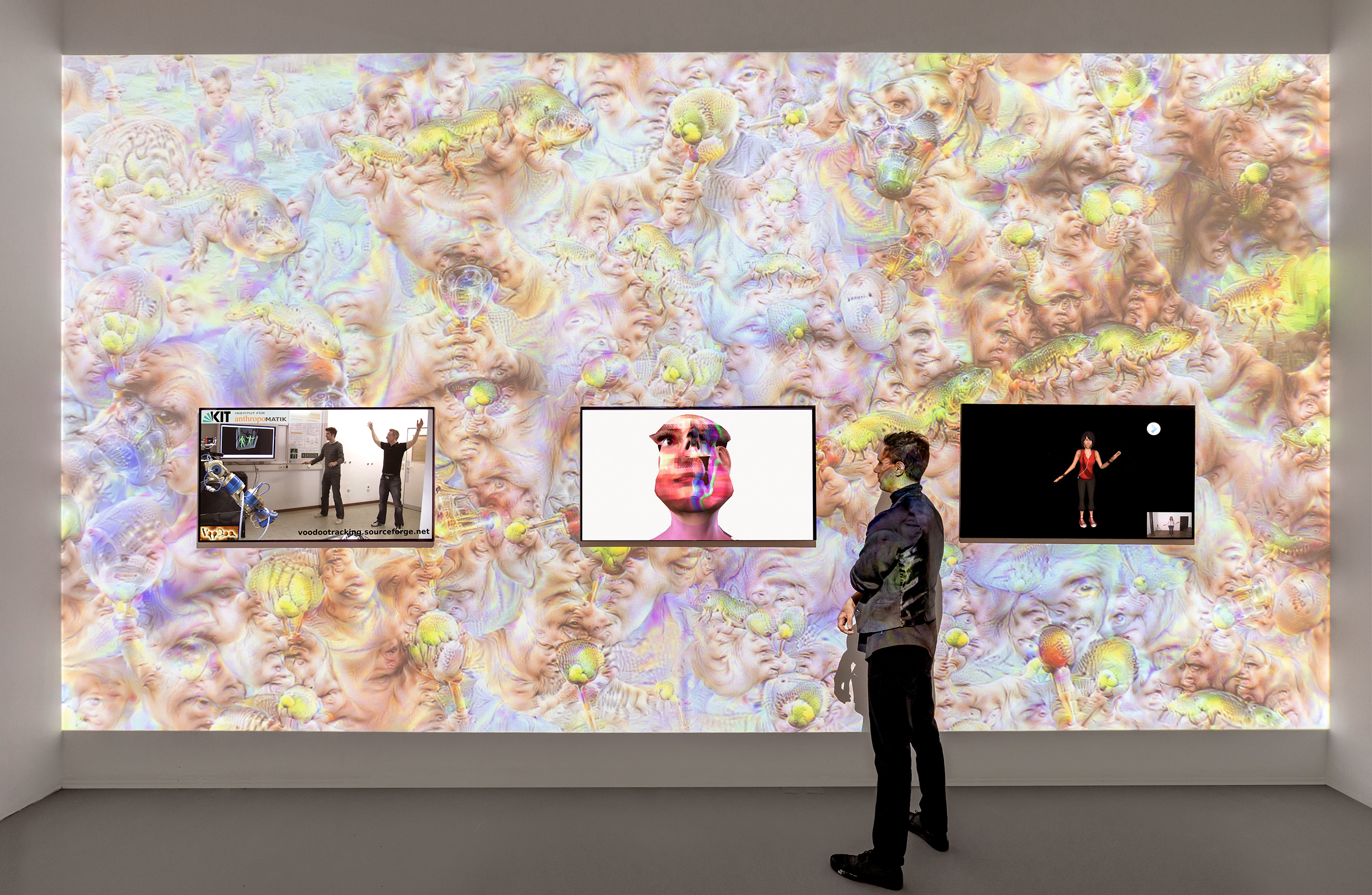Blackwood Gallery, Mississauga, Canada | Website
One of the greatest capacities of the medium of animation is its magic—the apparent bringing-to-life of a world of static objects, uncertain companions, and unruly agencies. Things move, they do, they feel the propulsion of awakened urgencies. This “magic,” in fact a technology of representation which cascades still images in order to undo the perceived stillness of the image, also illuminates a fundamental relationship between people and things. Animation activates non-human agency as observed by a spectator, a participant, a co-performer recognizing the coming-to-life of an object, an animal, a photographic or digital entity. It opens space for the sentience and sign-making capacities of other-than-human beings, invites non-human languages, unsettles anthropocentric logics. It “models the possibility of possibility.” In visualizing the liveliness of the non-human, animation complicates relationships with nature, technology, and the notion of time (still moments unfrozen, progress undone).
Animation, it turns out, opens opportunities to ask questions about the constituent elements of life: who or what gets coded as living? By what schema do we grant liveliness, agency, animacy to non-humans? Through whose technologies do we come to see life, and to identify with it? By what means might we refuse or refute ethnographic fascinations with animism, instead attuning ourselves to expanded frameworks for liveliness? Other Life-formings interrogates the conditions of coming-to-life along four lines of inquiry: capacities for movement, language, forming, and empathy. Across stop-motion animation, digital modelling, photo-sensitive interspecies collaboration, kinetic sculpture, and video installation, the exhibition tracks the precarious empathies enlivened by animation.






